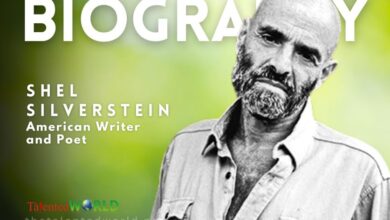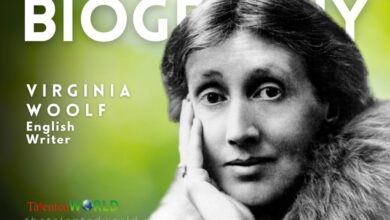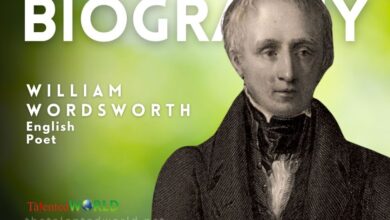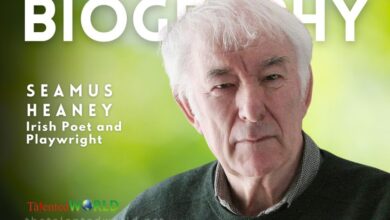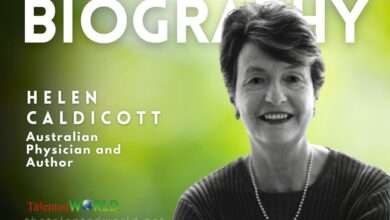| The Waste Land | 1922 |
| The Love Song of J. Alfred Prufrock | 1915 |
| The Hollow Men | 1925 |
| Four Quartets | 1941 |
| Poems by T. S. Eliot | |
| Preludes | 1917 |
| Journey of the Magi | 1927 |
| Little Gidding | 1942 |
| Old Possum’s Book of Practical Cats | 1939 |
| Ash Wednesday | 1930 |
| Burnt Norton | 1936 |
| East Coker | 1940 |
| Gerontion | 1920 |
| The Naming of Cats | 1939 |
| Macavity: The Mystery Cat | 1939 |
| Portrait of a Lady | 1915 |
| The Sacred Wood | 1920 |
| Unreal City | |
| Hamlet and His Problems | 1920 |
| The Dry Salvages | 1941 |
| Prufrock And Other Observations | 1917 |
| The Waste Land and Other Poems | 1940 |
| After strange gods | 1934 |
| Selected Essays, 1917–1932 | 1932 |
| The Poems of T. S. Eliot | |
| A Song for Simeon | 1928 |
| The Frontiers of Criticism | 1956 |
| The Cocktail Party | 1950 |
| Selected Poems of T. S. Eliot | 1930 |
| Notes towards the definition of culture | 1949 |
| Let Us Go Then, You and I: Selected Poems | 2009 |
| Let Us Go Then: The Love Song… | |
| The idea of a Christian society | 1940 |
| The Use of Poetry and the Use of… | 1933 |
| The Criterion: A Quarterly Review | 1922 |
| Cat Morgan | 2019 |
| The Queen’s Book of the Red Cross | |
| T. S. Eliot’s Four Quartets: Read by… | |
| Poetry and drama | 1951 |
| The Waste Land and Other Poems:… | |
| The cultivation of Christmas trees | 1954 |
| On poetry and poets | 1957 |
| Eeldrop and Appleplex | 1925 |
| Shakespeare and the stoicism of… | 1927 |
| Selected Poems | 1961 |
| Inventions of the March Hare | 1996 |
| The Waste Land: Poetry | 2016 |

